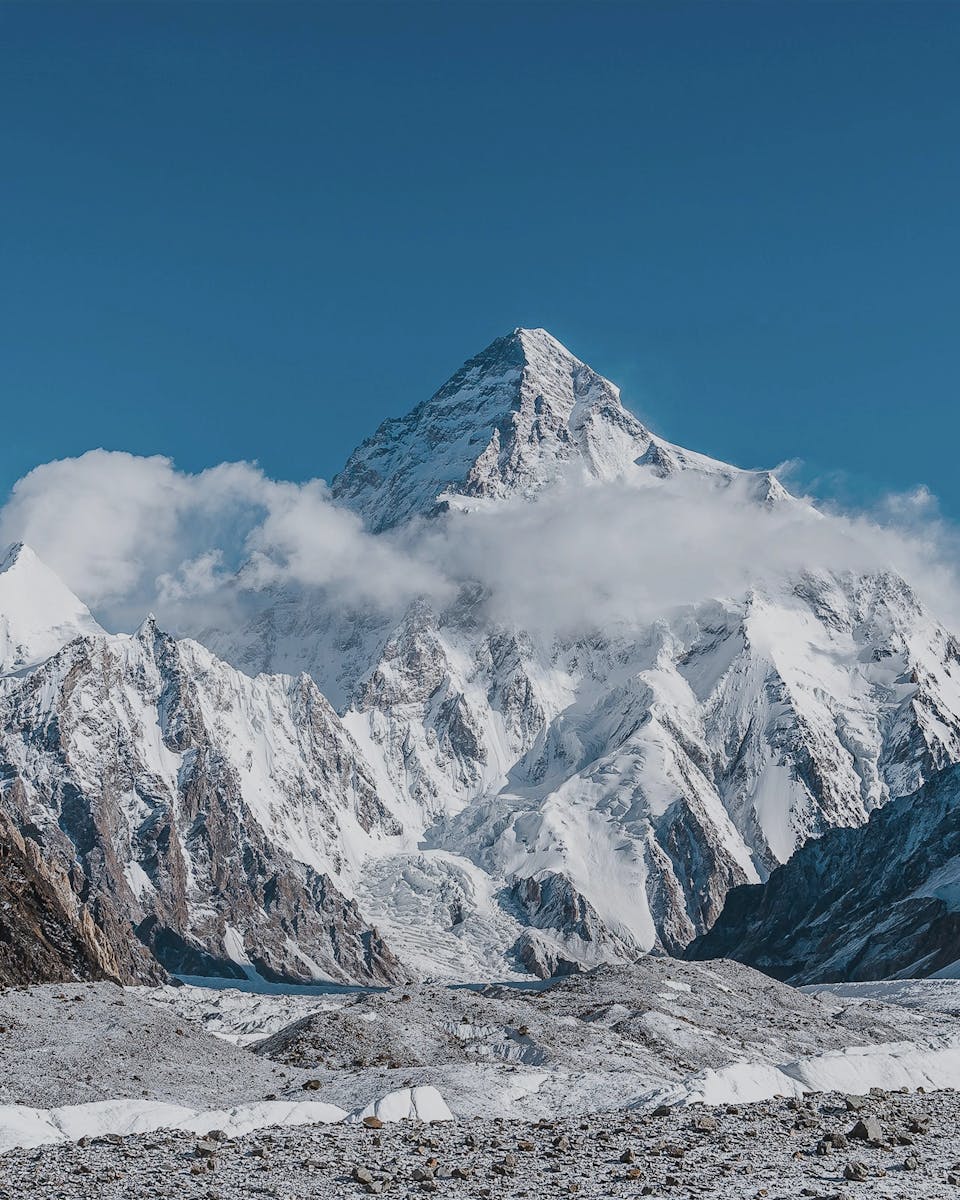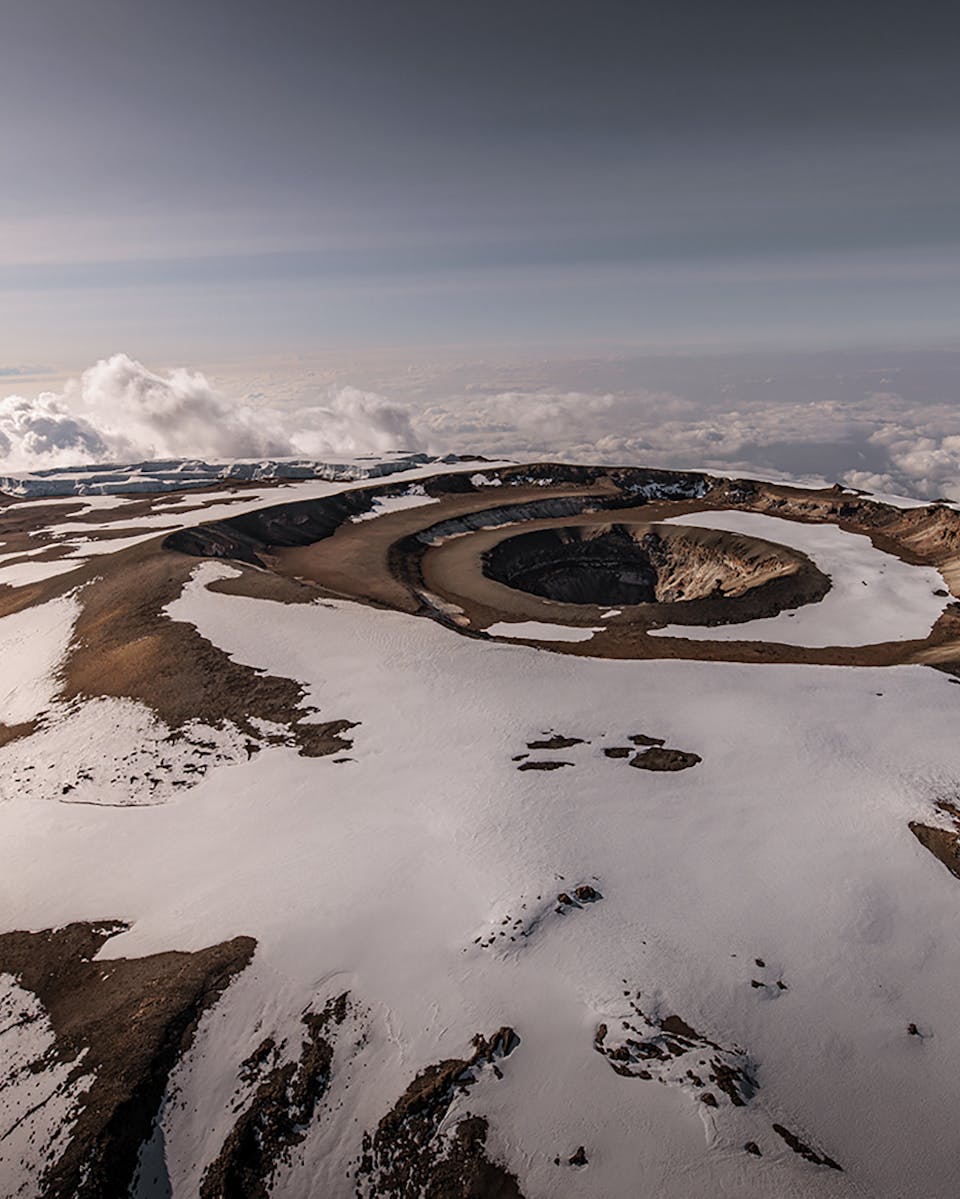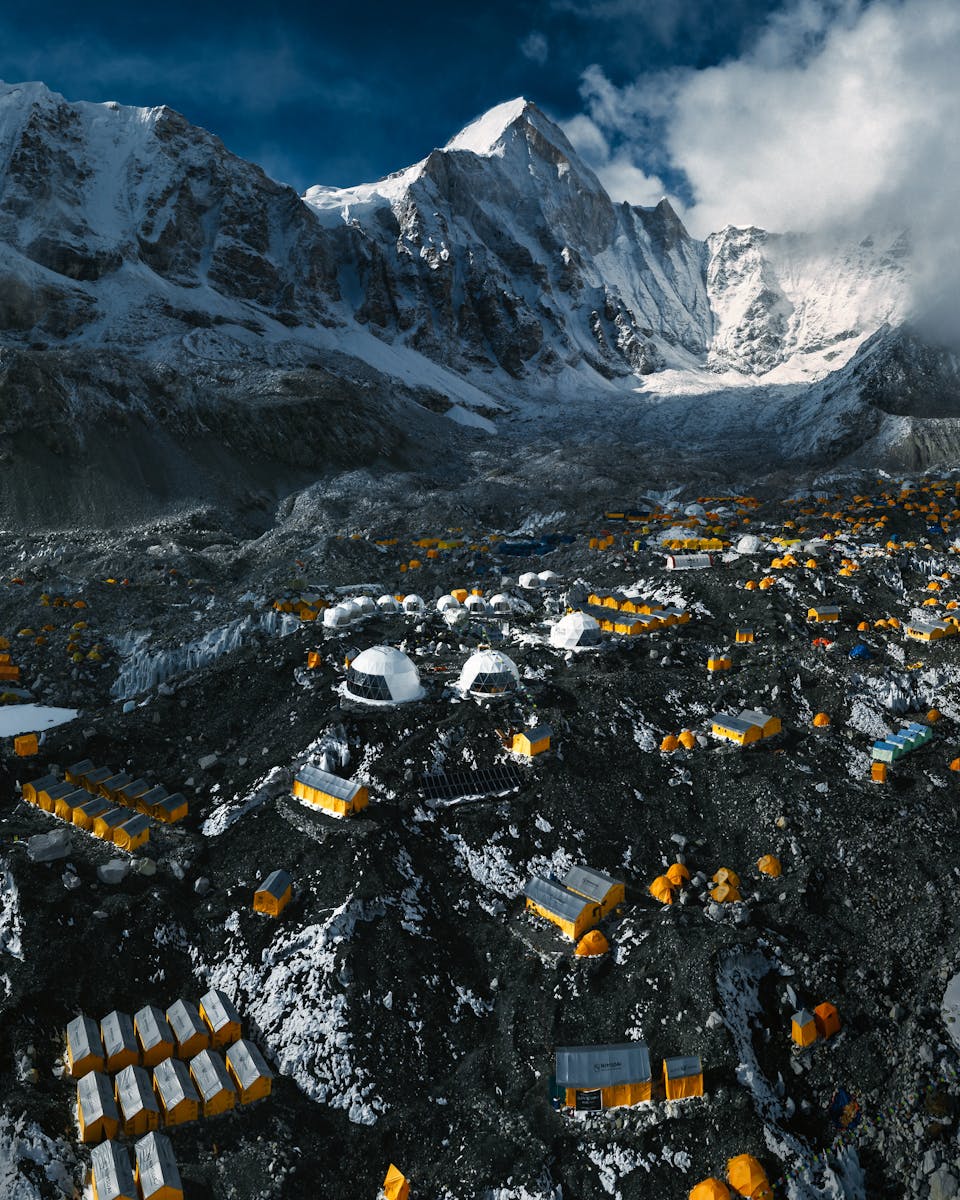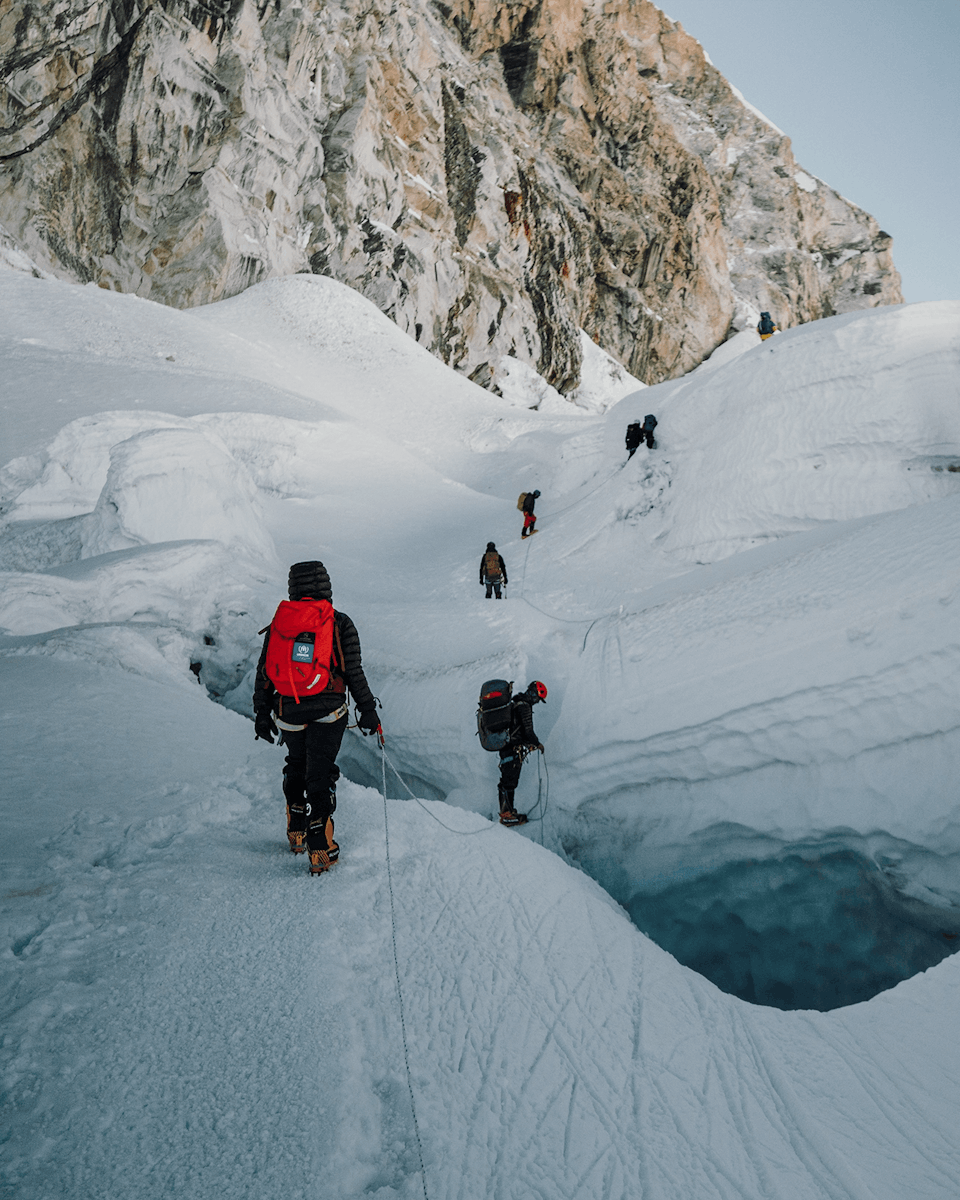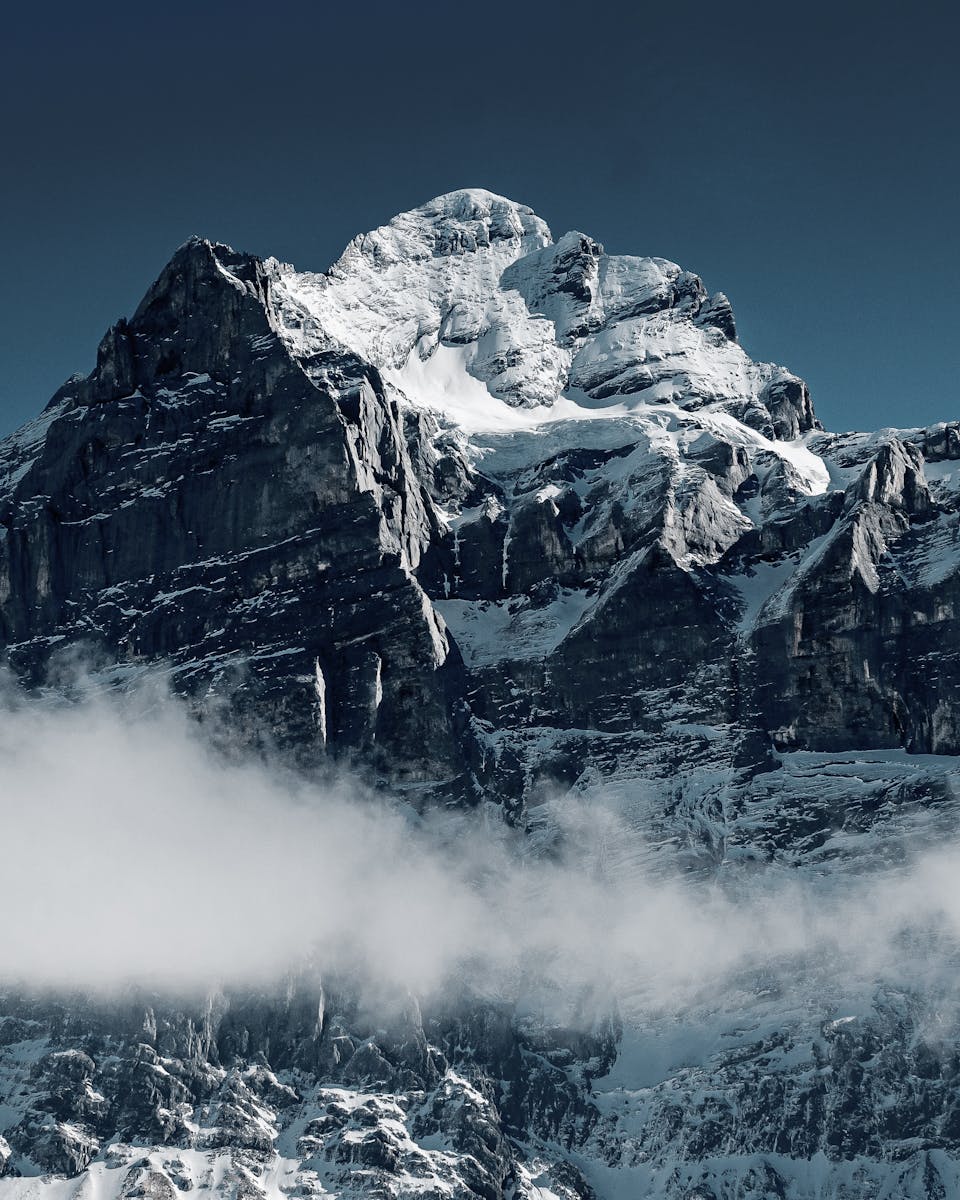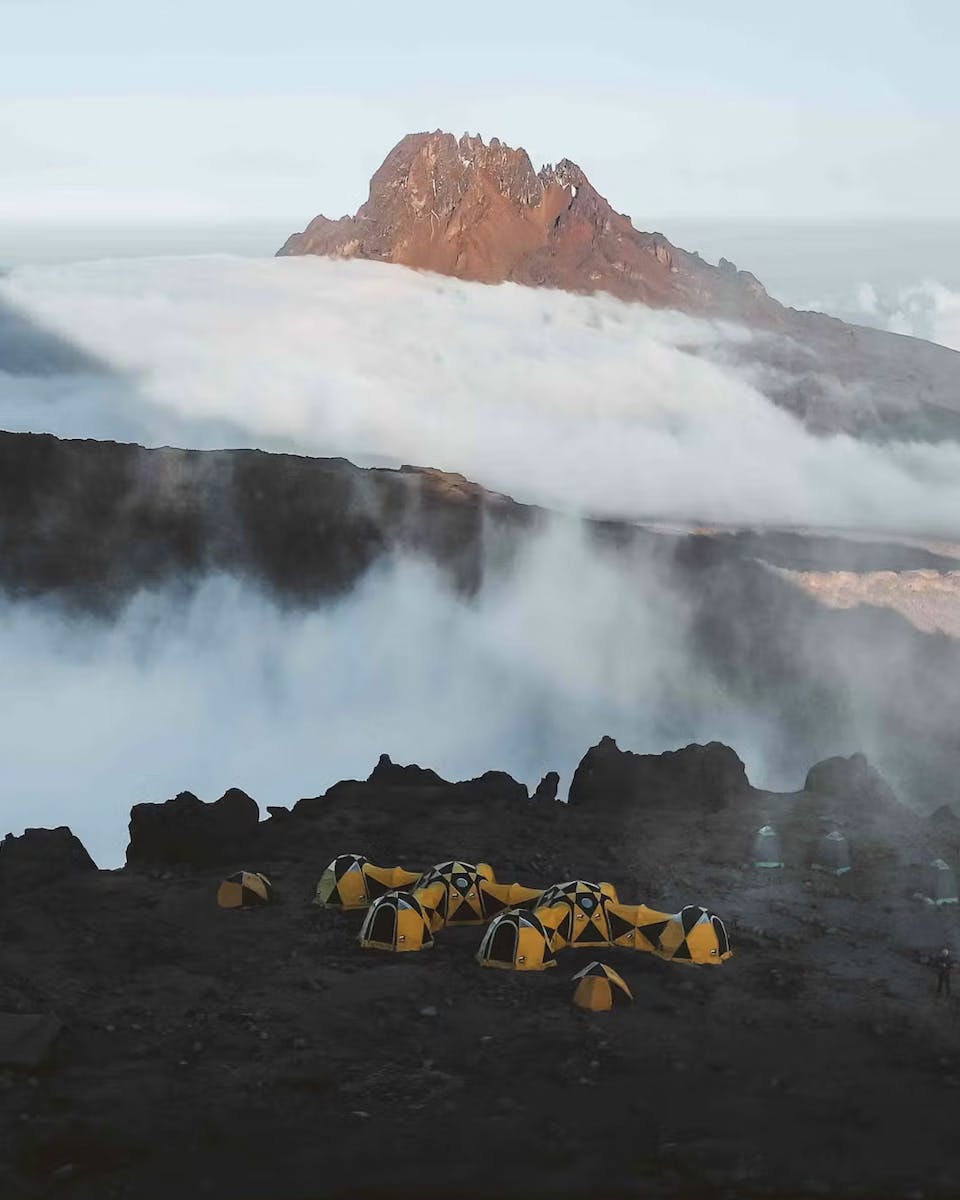Embarking on a trek to Everest Base Camp (EBC) is a dream for many adventure enthusiasts. This journey through the heart of the Himalayas is not only a physical challenge but also a transformative experience that offers unparalleled natural beauty and cultural richness. To help you prepare, we've answered some of the most common questions about the EBC trek, based on our itinerary.
Expedition Resources
Trek to Everest Base Camp: Answering Your Top Questions
1. How Hard is it to Climb to Everest Base Camp? How Fit Do I Need to Be?
The trek to Everest Base Camp is challenging but achievable for most people with a reasonable level of fitness. It does not require technical climbing skills, but the high altitude, long trekking days, and rugged terrain can be demanding. You'll be trekking for 4-8 hours daily, with some days dedicated to acclimatisation. A moderate level of fitness, including cardiovascular endurance, strength, and flexibility, is necessary. Prior trekking experience is beneficial but not essential. We recommend that you get used to walking with a trekking backpack on, And ensure you have a sturdy pair of walking boots or shoes and wear them in before you go.
· Here are our recommendations for the Scarpa ones we use: hiking boots (Click here) or approach shows (click here.)
2. How Do I Train for Everest Base Camp?
Training for EBC should start several months in advance. Focus on building cardiovascular endurance through activities like running, cycling, or swimming. Strength training, particularly for the legs and core, will help manage the uneven terrain. Hiking with a backpack is excellent practice, especially on hilly terrain. Gradually increase the distance and elevation of your hikes. Flexibility exercises such as yoga can also be beneficial. Lastly, ensure you're comfortable walking for several hours consecutively and practice with your backpack and kit you intend to take so you are comfortable. Walking poles are helpful as well to increase comfort and stability on the trek – here is our recommendation for top kit to pack for your trek:
Technical gear:
· Lightweight Insulated Gloves. Click here.
Accessories:
· Nimsdai x Vallon Glacier Glasses – Category 4 sunglasses, perfect for the mountains. Click here.
· Utility Bag – keep all your hygiene essentials in one place. This one had a mirror and hanger. Click here.
· Cap – Keep the sun or rain off your face. An essential piece of gear. Click here.
· Beanie – warm and fits under helmets when climbing. Click here.
· Neck warmer . Click here
· Insulated Flask – keep drinks hot or cold. Click here.
· Coffee Mug – perfect for treks and base camp. Click here. (Not essential)
· A Duffel bag to keep all your kit in (with locks.) Click here.
3. What Will I See, Experience, and Learn on My Trek to Everest Base Camp?
The trek to EBC is rich in both natural beauty and cultural experiences. You'll see stunning landscapes, including snow-capped peaks, glaciers, and picturesque valleys. Key highlights include the Namche Bazaar, Tengboche Monastery, and the view from Kala Patthar. You'll experience Sherpa culture, visit local monasteries, and enjoy the hospitality of teahouses. The trek also teaches resilience and respect for nature. Each day presents new vistas and challenges, making the journey rewarding and transformative. You will also get to see Lobuche, this is where the new Porter’s Lodge is being built. 5% of the proceeds from your trek is donated directly to the Nimsdai Foundation to help with their projects, like the Porters Lodge – this will provide safe and fit-for-purpose shelter for these mountain heroes. Find out more here.
m:3x4 d: 3x2

The Trek to EBC is like no other.
4. Who Are the Sherpas and Porters in the Himalayas?
Sherpas are an ethnic group native to the mountainous regions of Nepal, renowned for their mountaineering skills and resilience at high altitudes. They play crucial roles as guides and support staff on Himalayan treks. Porters are hired to carry equipment and supplies, ensuring the trekker's load is manageable. Both Sherpas and porters are vital to the success of any expedition, offering expertise, cultural insights, and logistical support. They are known for their strength, endurance, and warm hospitality.
5. What Should I Pack for the Trip to Everest Base Camp?
Packing appropriately is key to a successful EBC trek. Essentials include high-quality trekking boots, moisture-wicking clothing, a down jacket, a warm hat, gloves, and thermal layers. A good sleeping bag rated for low temperatures is vital. Other important items include a daypack, trekking poles, a first aid kit, water purification tablets, and sunscreen. Don't forget personal items like toiletries, a camera, and chargers. Pack light but ensure you have all the essentials to handle varying weather conditions.
Here is our easy layering guide to all the kit you need:
Outer layers:
· K2 Waterproof Jacket – stay dry with the breathable three-layer GORE-TEX PRO® technology. Team them with your K2 Winter trousers when the weather sets in. Click here.
· Project Possible Down Jacket - outstanding warmth through 790 fill power down with a Durable Water Repellent treated nylon and 15k/15K membrane. Click here.
Mid Layers:
· Exped Fleece - high-performance polyester Polartec® Thermal Pro fleece – warm and breathable. Click here.
· Baltoro soft shell trekking trousers - Built to be versatile for all outdoor adventures, these Nylon Thermalite fabric pants feature a Durable Water Repellent treatment with a brushed interior, and Nylon/Kevlar knee pads. Click here.
Baselayers:
· Nimsdai Baselayer - lightweight, breathable with a SPF 50/ UV protection built into the soft, anti-microbial fleece to protect you wash, after wash. Click here.
m:3x4 d: 3x2

7. How Cold/Hot is it on the Everest Base Camp Trek?
The temperature on the EBC trek varies greatly depending on the season and altitude. During the peak trekking seasons (spring and autumn), daytime temperatures can range from 10-15°C (50-59°F) in lower altitudes but can drop to -10°C (14°F) at higher altitudes. Nighttime temperatures are significantly colder, especially above 4,000 meters, where it can drop well below freezing. Be prepared for sudden weather changes and dress in layers to adjust to the varying temperatures.
8. Is Nepal a Safe Place for Travelers?
Nepal is generally considered safe for travellers. The Nepalese people are known for their hospitality and friendliness towards tourists. However, it's important to take standard travel precautions. Be mindful of your belongings, especially in crowded areas, and avoid trekking alone. Ensure you have comprehensive travel insurance that covers high-altitude trekking (We recommend Global Rescue). Also, it's wise to stay informed about local news and weather conditions during your trip. With proper preparation and awareness, your journey will be safe and enjoyable.
9. What Are the Top Things to See in Kathmandu?
Kathmandu, the vibrant capital of Nepal, offers a wealth of cultural and historical sites. Must-see attractions include the ancient Swayambhunath (Monkey Temple), the sacred Hindu temple of Pashupatinath, and the historic Durbar Square, with its palaces and temples. The bustling Thamel district is great for shopping and dining. Don't miss the tranquil Garden of Dreams and the enlightening Patan Museum. Kathmandu's rich cultural tapestry provides a perfect introduction to Nepal before or after your trek. Our in-country team can give you lots of tips for sightseeing and give you local knowledge of the best places to eat out.
10. What Kind of Accommodation Can I Expect on the Trek?
Accommodation on the Everest Base Camp trek primarily consists of teahouses, which are simple lodges run by local families. These teahouses provide basic facilities, including a bed, blanket, and shared bathrooms. Some teahouses offer hot showers and Wi-Fi for an additional fee. Rooms are generally twin-sharing, and the higher you go, the more basic the facilities become. It's essential to have a good sleeping bag as nighttime temperatures can be very cold.
m:3x4 d: 3x2

11. What Kind of Food is Available on the Trek?
Teahouses along the trek offer a variety of meals, including traditional Nepali dishes like dal bhat (rice and lentils), as well as international foods such as pasta, noodles, soups, and even pancakes. Meat options are limited and less common at higher altitudes due to the difficulty of transporting fresh produce. Vegetarian options are widely available and often recommended. Staying hydrated is crucial, so drink plenty of water, tea, and soups.
12. Do I Need Any Special Permits for the Everest Base Camp Trek?
Yes, you will need several permits for the Everest Base Camp trek. The first is the TIMS (Trekkers' Information Management System) card, which is required for all trekkers in Nepal. Additionally, you need the Sagarmatha National Park Entry Permit. These permits help manage and preserve the trekking regions and ensure the safety of trekkers. Don’t worry - we will arrange these permits for you.
13. What Are the Risks of Altitude Sickness and How Can I Prevent It?
Altitude sickness is a concern on the EBC trek, as you will be trekking at high altitudes. Symptoms include headaches, nausea, dizziness, and shortness of breath. To prevent altitude sickness, it is essential to acclimatise properly, stay hydrated, and ascend slowly. Your itinerary includes acclimatisation days to help your body adjust. All guides are medically trained to spot the signs of early affects of altitude sickness and they will be able to help you – the best thing if you are unwell is to return to a lower altitude and rest, before gently returning to higher altitudes once you are recovered. You will be well cared for and the trek includes lots of time for acclimatisation.
14. What is the Best Time of Year to Trek to Everest Base Camp?
The best time to trek to Everest Base Camp is during the pre-monsoon (spring) and post-monsoon (autumn) seasons. Spring (March to May) offers blooming rhododendrons and clear skies, while autumn (September to November) provides stable weather and excellent visibility. These periods offer the best conditions for trekking, with mild temperatures and less risk of rain or snow.
16. How Can I Stay Connected with Family and Friends During the Trek?
Staying connected during the EBC trek is possible but limited. Some teahouses offer Wi-Fi for a fee, though the connection can be slow and unreliable, especially at higher altitudes. Mobile networks are available in certain areas, and purchasing a local SIM card with data is an option. However, it's essential to inform your family and friends that connectivity may be sporadic, and enjoy the digital detox that comes with the adventure!
17. What Kind of Insurance Do I Need for the Trek?
Comprehensive travel insurance is essential for the Everest Base Camp trek. Your insurance should cover high-altitude trekking up to 6,000 meters, emergency evacuation, medical expenses, and trip cancellations. It's crucial to read the policy details carefully to ensure all potential risks associated with high-altitude trekking are covered. Some insurance providers specialize in adventure travel and offer policies tailored to trekking activities. On top of travel insurance we recommend high-altitude
18. Can I Charge My Electronic Devices on the Trek?
Charging electronic devices is possible at most teahouses, but it usually comes with an additional cost. As you ascend, the price for charging increases due to the difficulty of generating power in remote areas. It's advisable to bring spare batteries or a portable solar charger to keep your devices powered. Conserving battery life by turning off non-essential functions can also help.
19. What Kind of Support is Available in Case of an Emergency?
In case of an emergency, support is available through your guides and support team and local rescue services. You will have multiple points of contact with the Elite Exped including UK and in-country liason officers, your guides and support team, so guides are trained in first aid and altitude sickness management. For severe medical emergencies, helicopter evacuations can be arranged to transport you to a hospital in Kathmandu. It's vital to have insurance that covers the cost of helicopter evacuations, as these can be expensive. Always inform your guide immediately if you feel unwell.
20. How Can I Minimise My Environmental Impact While Trekking?
Minimising your environmental impact is crucial to preserving the beauty of the Himalayas. We believe that sustainable tourism is the way forward – we follow Leave No Trace and Clean As You Go principles and our Everest base Camp is powered by a solar array (we have a back up generator for emergencies). We also recommend sticking to marked trails to prevent soil erosion and respect local wildlife and cultural sites.
21. What Are the Toilets Like on the Trek to Everest Base Camp?
Toilet facilities on the Everest Base Camp trek vary depending on the location and the teahouse. In lower altitude areas and more established teahouses, you will typically find basic, shared western-style or squat toilets. However, as you ascend to higher altitudes and more remote areas, facilities become more rudimentary, often consisting of simple squat toilets and outhouses.
The cleanliness of these facilities can vary, so it's a good idea to carry your own toilet paper, hand sanitizer, and biodegradable wet wipes. Some teahouses offer paid hot showers, but these become scarcer and more expensive as you climb higher.
Embarking on the Everest Base Camp trek is a life-changing adventure, filled with challenges and rewards. With the right preparation and a sense of adventure, you'll be well on your way to experiencing one of the most iconic treks in the world. We cannot wait to help you with your Elite Exped Everest base Camp Trek.
22. Recap – top tips
The trek to Everest Base Camp is an unforgettable experience. We cannot wait to welcome you to Nepal to experience its rich culture and heritage. You can contact the team by clicking here (link to info@eliteexped.com)
Remember, like any trek the EBC trek requires mental and physical training and preparation, ensure you have the right kit to help you achieve your new possible and practise hiking with your day pack well in advance of the trip. Remember, if you have any questions, our team are here to help, so make sure you reach out. We look forward to welcoming you to the Himalayas soon.
m:3x4 d: 3x2

The iconic view of Everest base camp
Above + Beyond + Adventure



